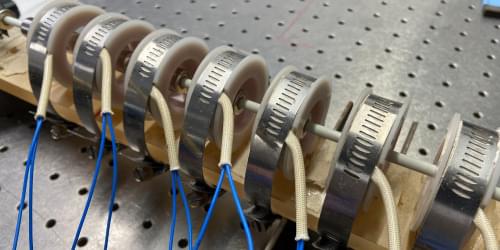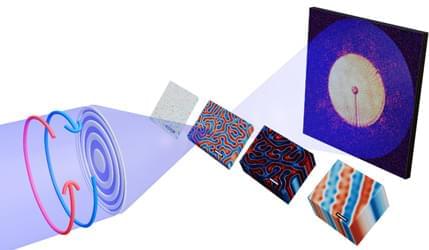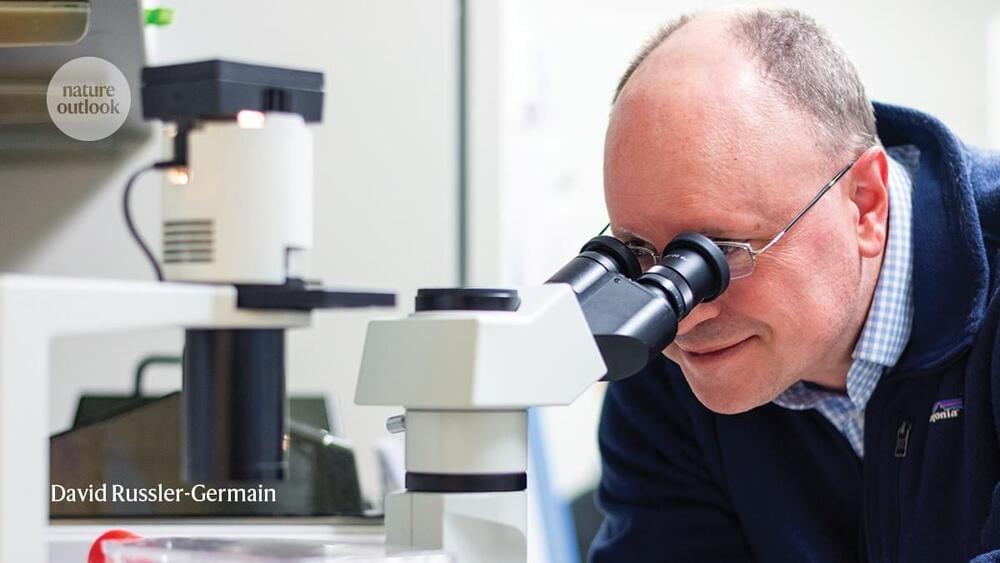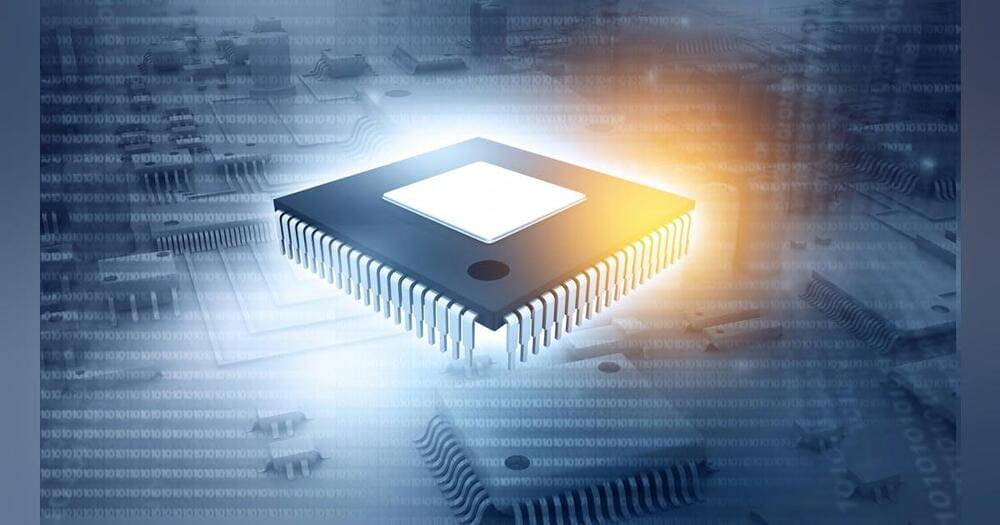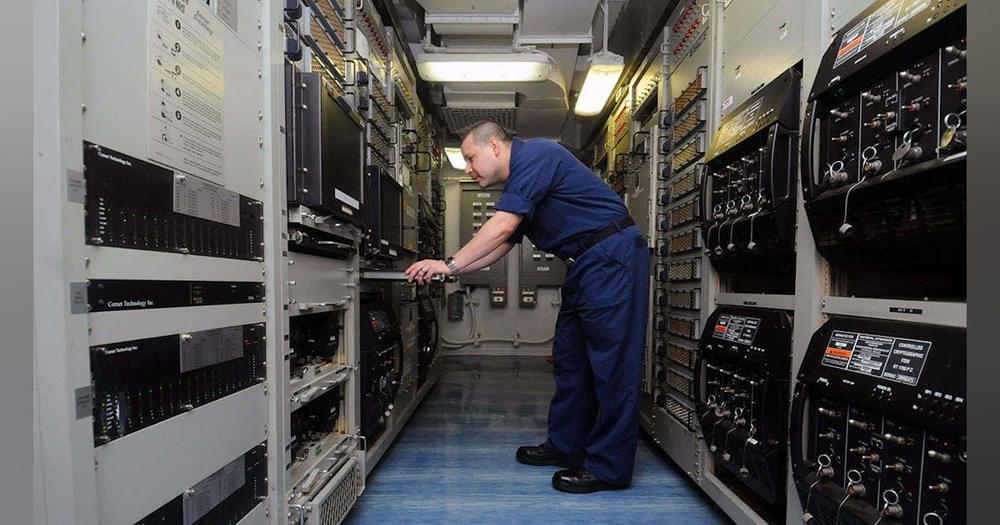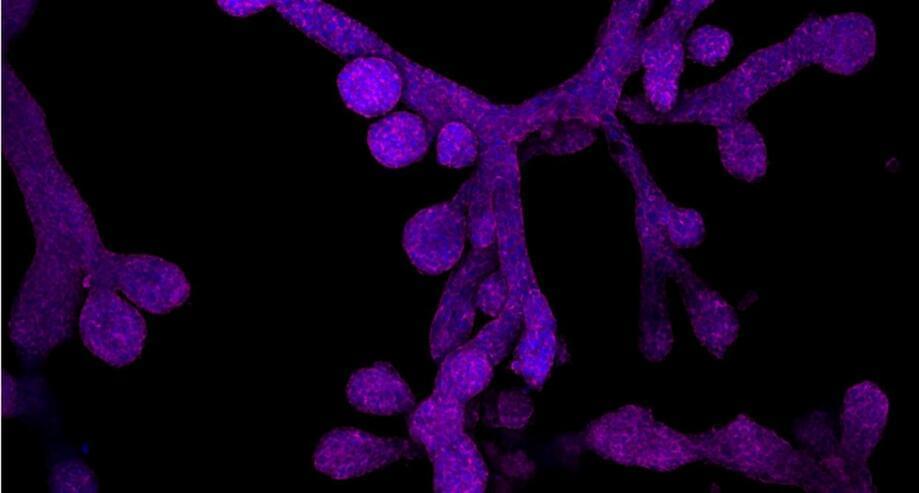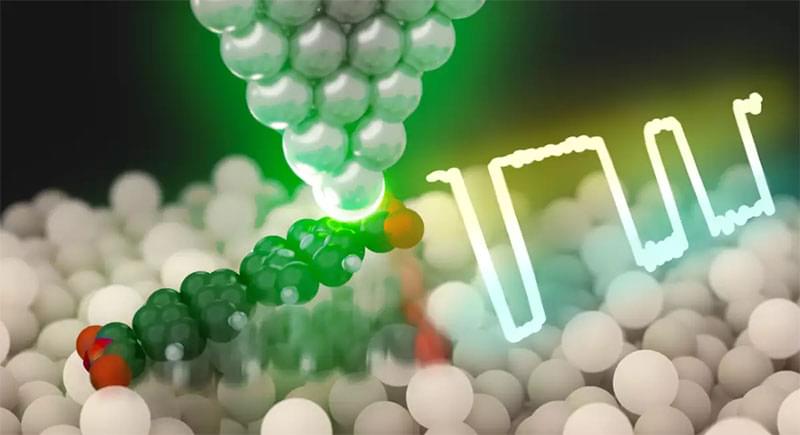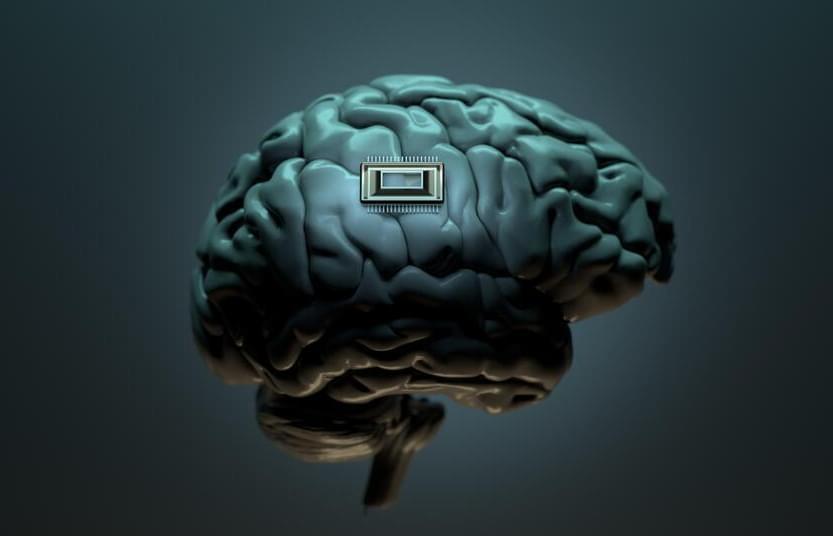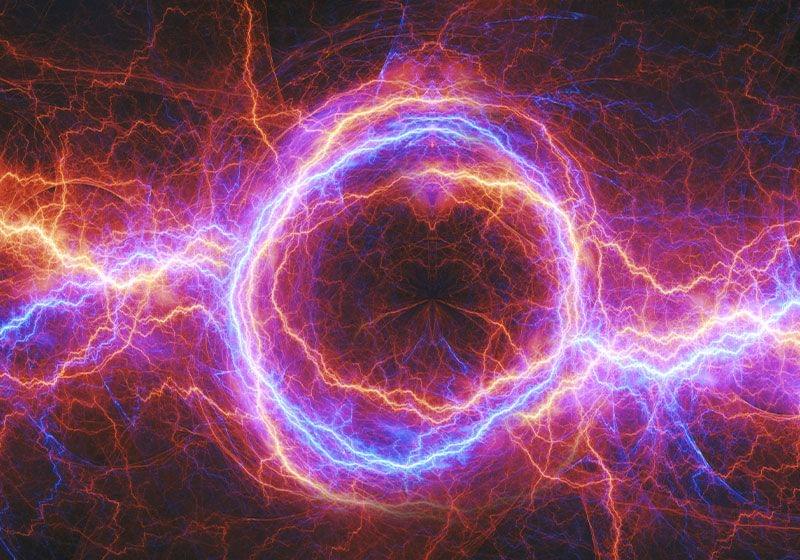
ABOVE: Researchers recapitulate electrical gradients in vitro to help guide stem cell differentiation for neural regeneration. ©istock, Cappan.
The dance of development is electric. Bioelectrical gradients choreograph embryonic growth, signaling to stem cells what cell types they should become, where they should travel, who their neighbors should be, and what structures they should form.1 The intensity and location of these signals serve as an electrical scaffold to map out anatomical features and guide development. Bioelectricity also shapes tissue regeneration.2 Tapping into these mechanisms is of special interest to researchers who grapple with the challenge of regenerating injured nerves.3
One such curious team from Stanford University and the University of Arizona recently reported a new approach using electrically conductive hydrogels to induce differentiation of human mesenchymal stem cells into neurons and oligodendrocytes in vitro.4 Their findings, published in the Journal of Materials Chemistry B, provide important proof of principle for future studies of biocompatible materials to electrically augment transplanted and endogenous cells after injury.

